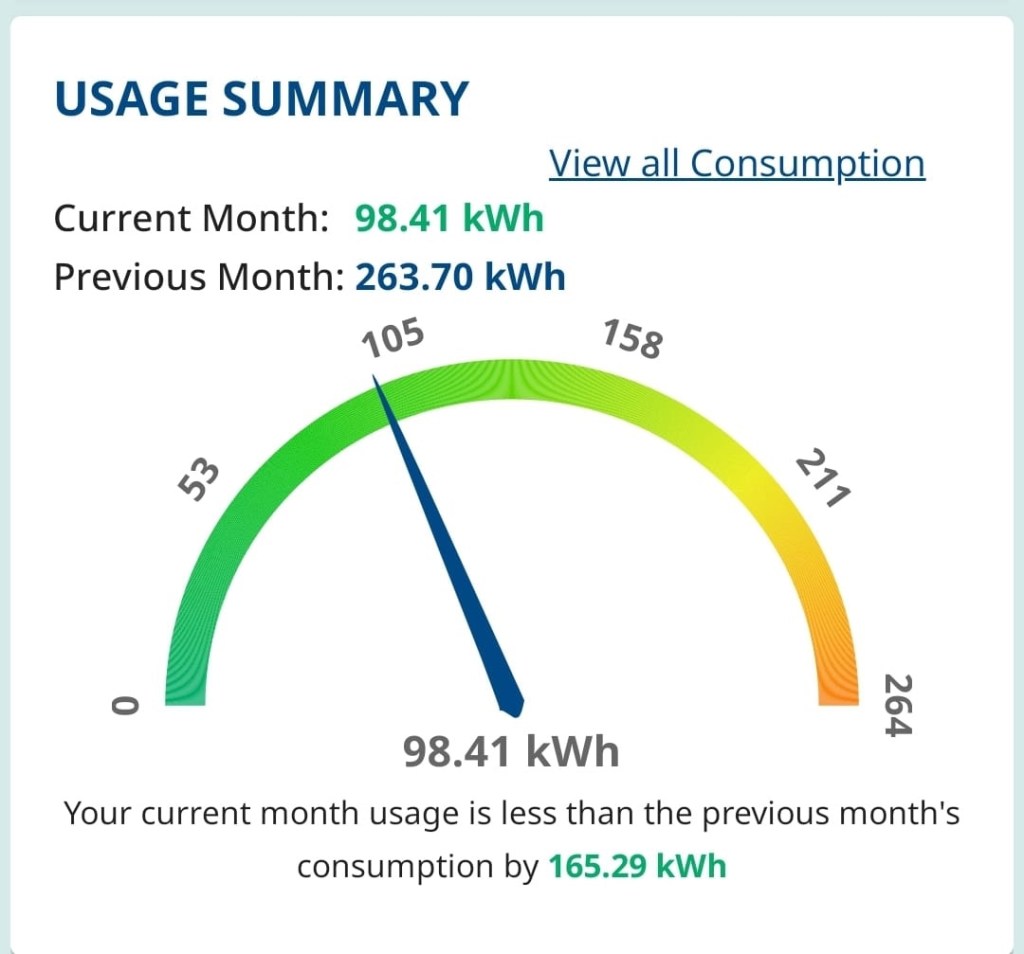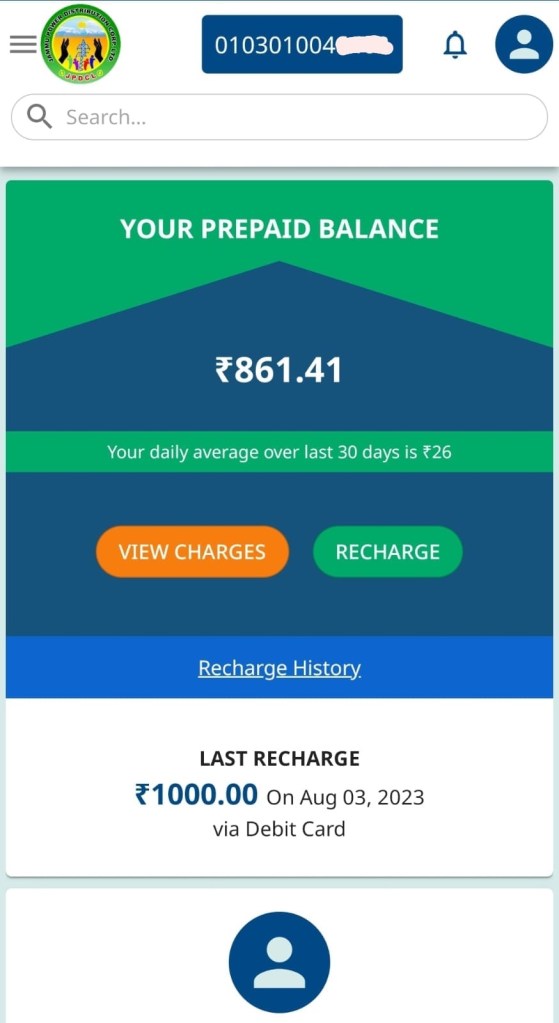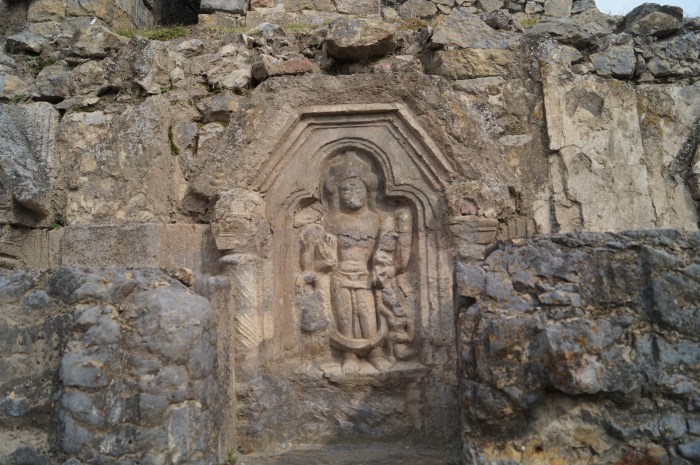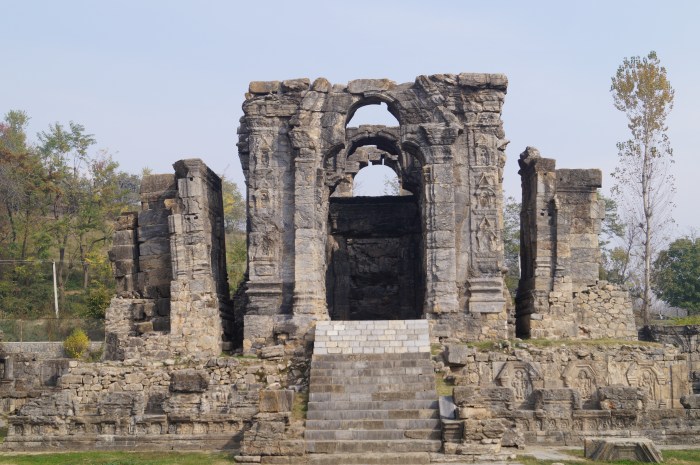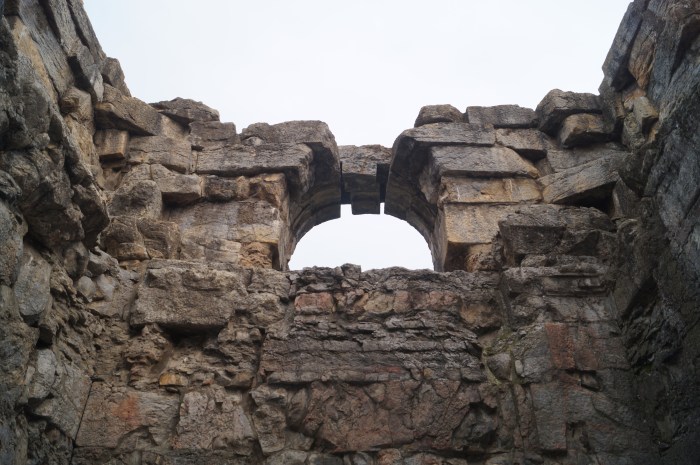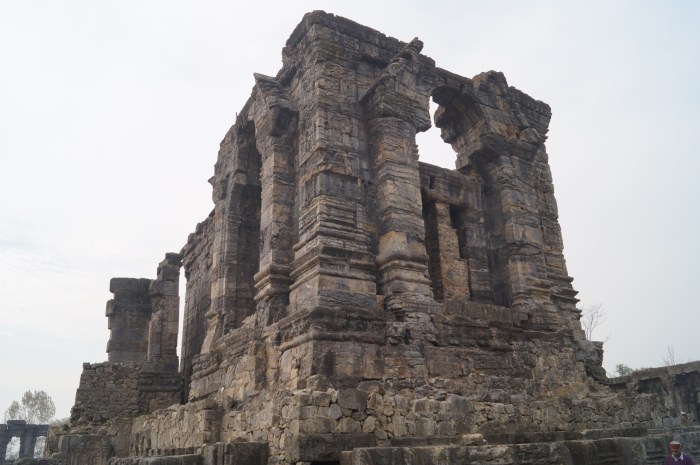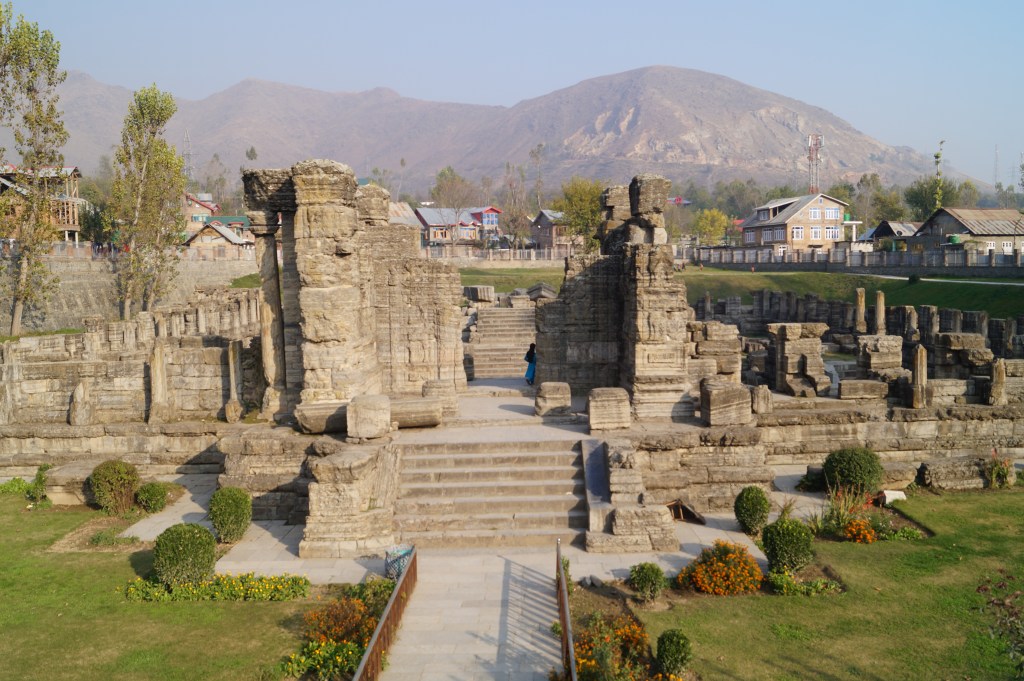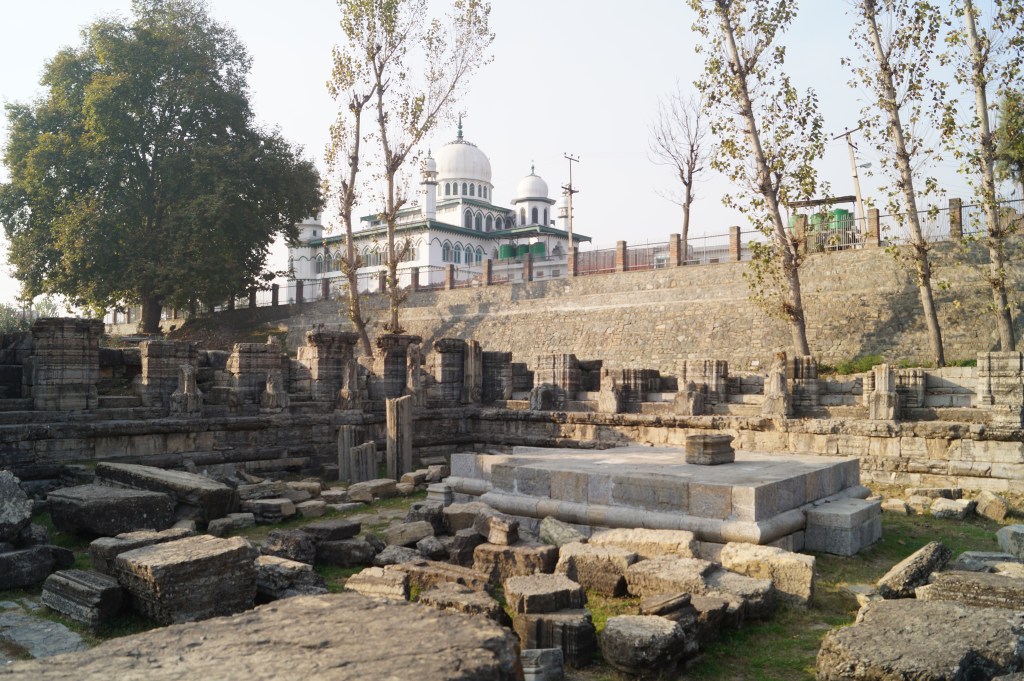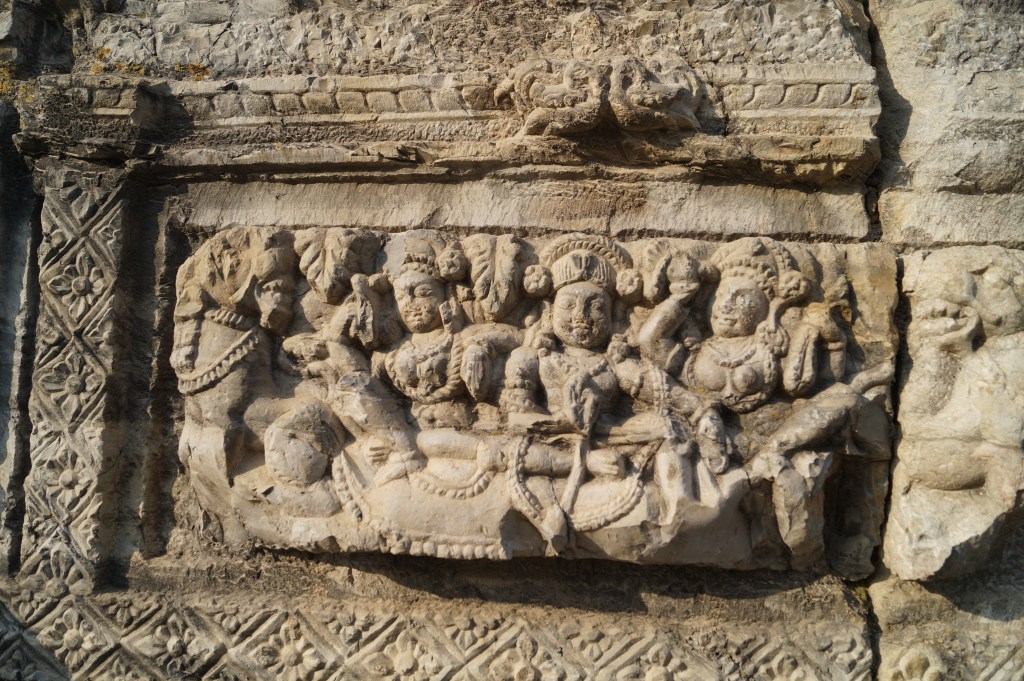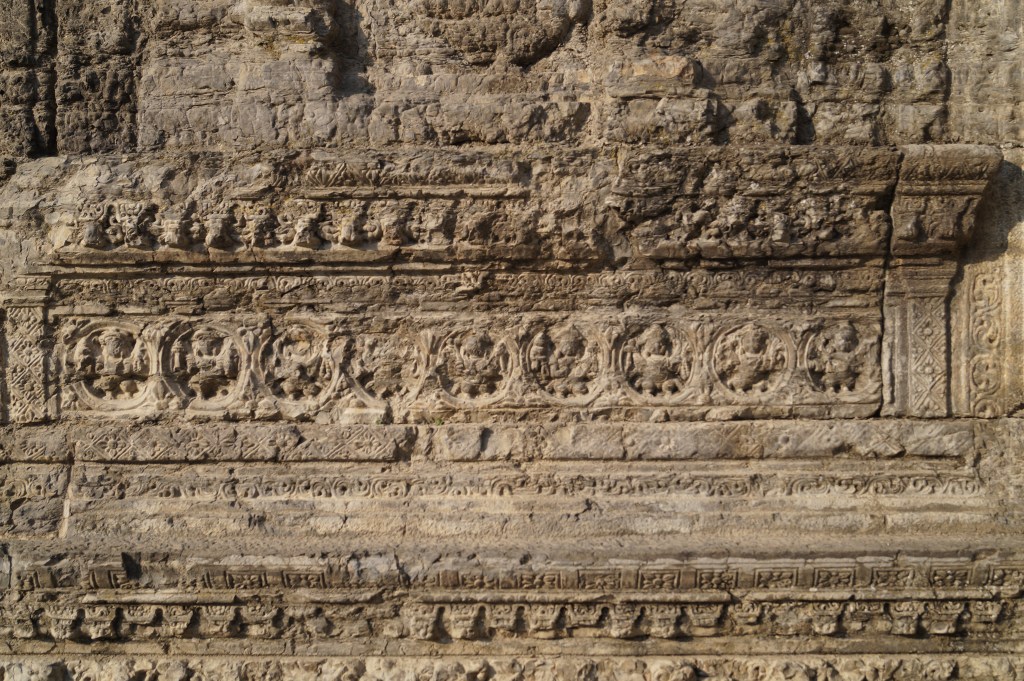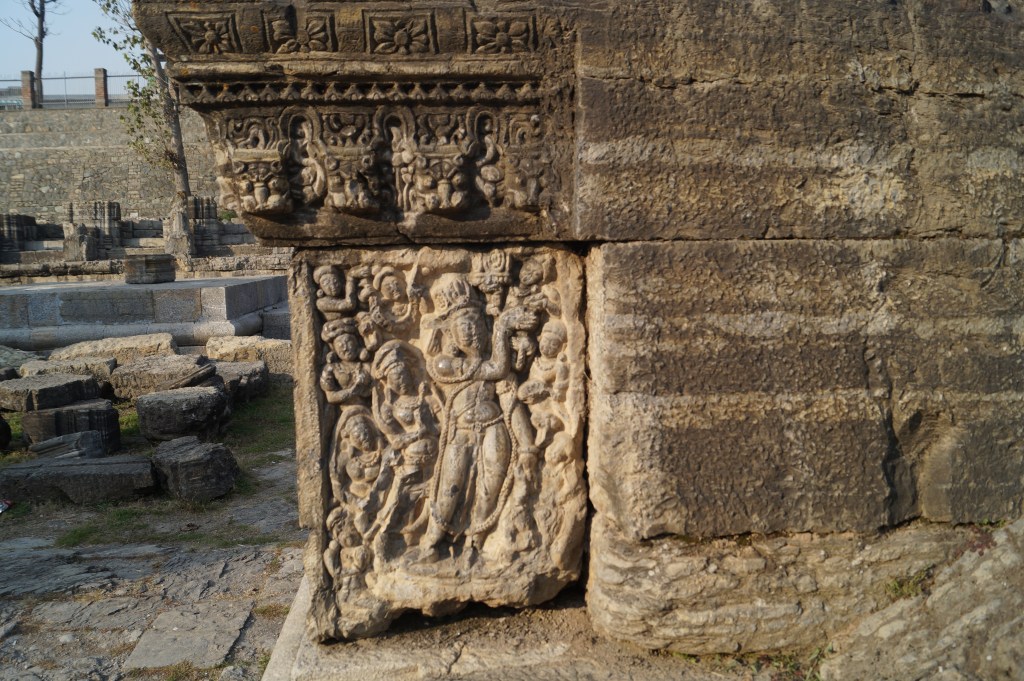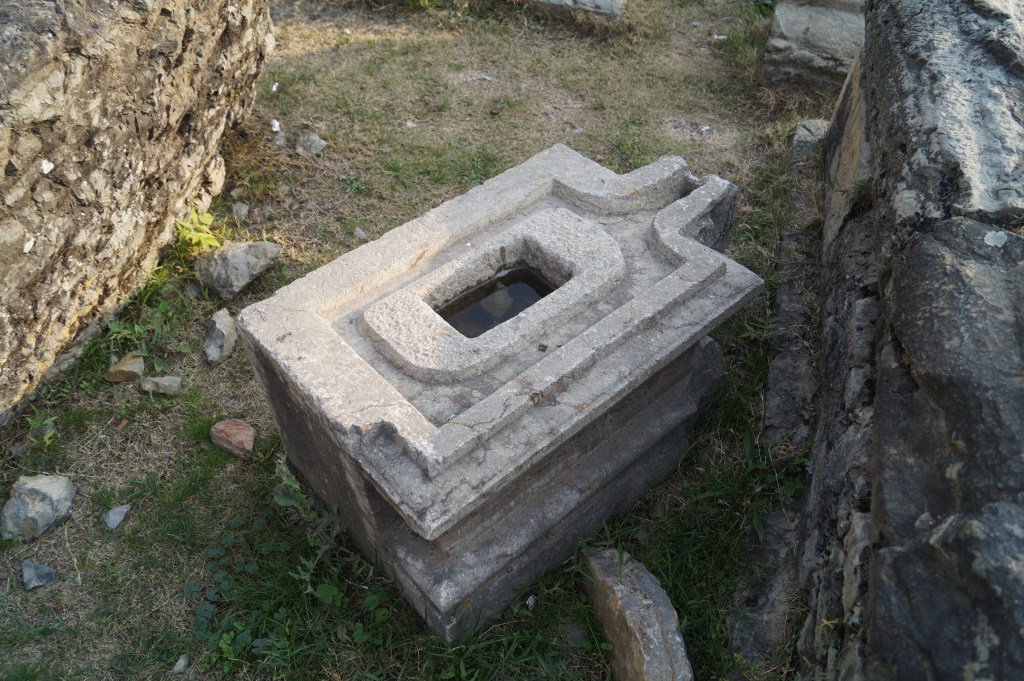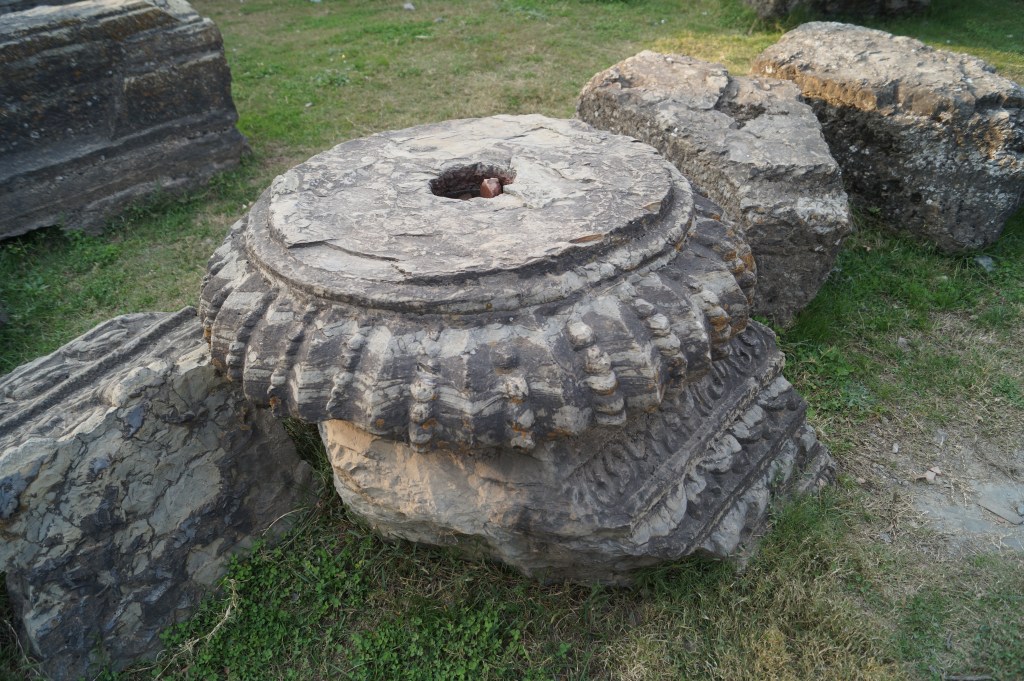I was heading a project named National Transmission Asset Management Centre (NTAMC) when I superannuated from POWERGRID in February 2016. It was a unique & magnificent project as it eventually paved the way for integration of around 275 substations of POWERGRID to main & backup control centres as well as several regional control centres spread all across the country. When I superannuated, we had around 114 substations that had been integrated.
Integration enabled POWERGRID to monitor & control these substations on real time basis, keep a watch on the assets & every component therein through a highly sophisticated visual monitoring network, configure & monitor the intelligent devices including relays, fault locators & event recorders etc & undertake automatic fault analysis. The whole system was integrated through a robust communication network owned by POWERGRID based on MPLS protocol. The substations had automatic access control. The substations too were upgraded as they were commissioned over a period of more than three decades & all of these had varying degree of technology impediments that had to be overcome & made adaptable & in sync with the automation envisaged under the project.
There was a sense of exhilaration amongst the entire NTAMC team when first of our substations were made compatible to the new requirements & confidence started building up steadily that we would be able to achieve the Herculean task in which we were engaged. It was practically unbelievable for an uninitiated that we could access & control the substations located as far as Kashmir, Kerala; Tamil Nadu, Gujarat & various locations in the northeast from Gurugram. The automation was so complete that we could switch the street/switch yard lights of the substations from the central control room, not to speak of the other intelligent elements. We had the sense of being the controllers & operators of the system, albeit under a well-established & strictly implemented protocol. It gave us all a sense of achievement. The icing on the cake was that we had established such a robust system, involving cutting edge technology, for the first time for any utility in the world, over such a large geographic spread that constitutes our nation – India. No other single power utilities in the world overseas such a huge geographical area.
The magnitude of the effort could also be understood from the fact that the system today involves POWERGRID’s 1,80,000 circuit kilometres of transmission lines, 5,12,000 MVA transformation capacity involving 275 substations of POWERGRID with a system availability of 99.86%.
The exhilaration & joy of being able to achieve something on such a large scale was unprecedented was obvious.
But then ISRO achieved something spectacular by the successful launch of Chandrayaan-3. It’s success story in space is unprecedented as the lander landed in the South Pole of the moon – a first for any nation of the world. Watching the Geosynchronous Satellite Launch Vehicle Mark-III taking off from the Sriharikota launching pad was a delight even on a television screen. The mind-boggling sight of the voluminous red, golden & white fumes arising from the launchpad & the consequent thrust lifting the GSLVM-III, carrying the payload, majestically into the skies will remain etched in the memory of Indians for a long time to come. The clockwork precision with which various stages of the rocket ejected & finally the smooth landing of the lander named Vikram & “playful” journey of the Pragyan rover over the surface of the moon was a remarkable achievement in which the whole country rejoiced no end. It was a success story of the rocketry & other stages of the mission, the communication systems, computers & automation, coupled with the determination of the scientists & the engineers to succeed. It was also a delight to know that a part of the POWERGRID’s telecom network was also used by ISRO for communication purposes.
The ISRO control room at Bengaluru, as anticipated, was overwhelmed with joy on both the occasions – when the GSLVM3 completed its mission & also when the lander & the rover succeed in performing their assigned tasks.
Humans, from the beginning of their life on the earth, have been overawed by the creation & the Creator. The universe has always been held in awe that continues to pose unfathomable challenges even today. The planets, the stars, the Milky Way, the black holes & the universe in general has always enthralled mankind. Isn’t it unbelievable that everything in the universe is revolving & rotating & also expanding? There are stars that die & many of them are so distant from us that by the time their light reaches the earth they may have already vanished into the oblivion.
Coming back to the power network automation that we carried out in POWERGRID or the achievement of the Chandrayan-3 by ISRO, there is one thing that is in common to both. Both the institutions have fully manned control centres that direct & monitor the progress of the missions. We use communication techniques & protocols to control the objects of our own creation. We desire & ensure that they should work in a predetermined manner & a particular fashion. The objects of our creation don’t have a choice unless we put them in auto mode as was done for the lander during its final journey on to the surface of the moon. In any case it was still under the control & command of the control room.
But then, this universe & our solar system is also on the move – constantly. It works to a clockwork precision. There are no mistakes. The software doesn’t fail. The hardware is sturdy. However, the elements of the nature’s “hardware” is constantly churning through a regular cycle of life & death – birth & extinction.
The orbits in which the planets move don’t require repairs (they are pothole free!!) nor does the axes on which the planets rotate need oiling!!
What guides the planets, stars, milky ways, the black holes & other known & unknown multitude of elements that constitutes the universe? What is the secret of black holes? What kind of an “appetite” do they have that they suck everything into themselves. Will mankind ever be able to explore them?!
Surprises galore, but the fact remains that the universe is a reality & it’s unfathomable secrets are unfolding with the advancement of technology. It is also a fact that many times more secrets of the universe still remain an enigma.
Coming back to the same question & that is who is managing this universe ultimately? Where is the Ultimate Governing Power located?
This is the most intriguing question. This question has been intriguing the Rishis & Munis of India for eons. They explored the intricacies of the universe. They gained knowledge & understanding of the orbits, the planets, their revolution & rotation & evolved mathematical formulae, templates & models to pinpoint the location of the planets & analyse their impact on the earth, it’s vegetation, weather conditions, it’s environment & the human & animal life.
These observations resulted in our ancestors predicting the solar & lunar eclipses with clockwork precision. Kumbh melas, that have been celebrated for thousands of years at Haridwar, Ujjain, Nasik & Prayagraj are also related to the distinct positioning of Sun, Moon & Jupiter in the space. The oldest almanac in use, to the best of my knowledge is the “Sapt Rishi Panchang” used by Kashmiri Hindus. The current year as per this Panchang is 5098 (corresponding to 2023/24).
However, were they able to locate the “Adi Shakti” controlling this universe? They certainly felt & understood the power of the Creator & It’s Benevolence & Its multifaceted dimensions through spiritual quest & resultant experiences. They memorised & jotted down their experiences for the posterity in the form of Vedas & a multitude of other literary works. Were these Rishis & Munis known to each other & did they work in collaboration? Many a times yes & several times no. Geographical spread of the country must have been an impediment. But that is the beauty of Sanatan Dharma. Experiences of realisation of Truth may not be the same for everyone. They could be different for different Rishis & Munis. They could be different for the personages like Raja Janak, who while being a “grahasthi” (family man) & a king too, was detached from the worldly affairs while being just to his subjects. These experiences were different for Maharishi Ravidas, very different for Mira Bai & Chaitanya Mahaprabhu. The experiences of Swami Vivekanand & Adi Shankara were very different too. What to say of the experiences of Maharishis Ved Vyas, Valmiki & Goswami Tulsidas! They jotted down their experiences for the posterity to remember, understand & learn from.
The only common thread between all these experiences of their quest for the Ultimate Truth was the Sanatan Dharma. There are several visible anchors of Sanatan Dharma, but the one that I would call the most commonly seen anchor from north to south & east to west is Shri Ram Bhakt Chiranjeeve Hanuman!! You find him in magnificent new temples, etched in rocks & boulders, in mountains & caves, in the ruins of temples & old forts. You name the place & he is there in one form or another. There are many others too, but this is the most commonly visible & to whom the Sanatan followers relate immediately.
Thus, on one hand we have the philosophically rooted & yet sublime Sanatan Dharma & on the other a simplistic yet omnipresent & commonly understood representation in the form of Shri Chiranjeeve Hanuman.
While Sanatan Dharma continues to explore, understand & find passages to the Ultimate Truth, the puzzle continues to seize the imagination of humankind. This quest is brilliantly caught in the Nasdiya Sukta from the Rig Ved. The “Sukta” tries to explore the same question but is bewildered by the vastness of the Nature’s creation & it’s equally vast & unfathomable secrets.
To underline the point, I take shelter in the English translation of the Nasdiya Sukta by Rayalu Vishwanandha.
- Neither existence nor non-existence was there,
Neither matter nor space around
What covered it, where it was & who protected?
Why, that plasma, all pervading, deep & profound?
- Neither death nor immortality was there,
And there was neither day nor night.
But for that breathless one breathing on its own,
There was nothing else, surely nothing.
- It was darkness concealed in darkness,
And an uninterrupted continuum of fluid.
Out came in material form and shape,
That one lying deep inside, on its own intent.
- In the cosmic mind, all pervading,
Desire, the primal seed made its first appearance.
And the wise men, seeking deep in their heart,
Could see the link between ‘that is’ & ‘that is not’.
- Reins of the link, a grid of crisscross lines,
Holds all the seeds and mighty forces.
Microcosmic forces within,
And macro forces out above.
- Who really knows, who can declare,
When it started or where from?
And where will the creation end,
Seekers and sought entered later –
And so, who knows when all this manifested?
- That one, out of which the creation came,
May hold the reins or not.
Perceiving all from above, That One Alone,
Knows the beginning – may not know too.
Rayalu Vishwanandha has beautifully summed up his own translation in following few words:
“In just seven verses, we find ourselves in the ‘no time, no space’ mode gradually reaching the centre of deep darkness, surrounded by smooth, unending plasma. And lo! Out of shapeless nothing, matter with shape emerges”.
The shape that emerges, to my understanding is the universe that we see & observe & of which we too are a small speck in the scheme of things of the Creator.
But then, the question of who created this universe gains an infinite dimension without any clear answers! Who created it, who controls it, who nurtures it & finally destroys it in smaller segments or in many bigger ways. It happens on our planet, but does it happen elsewhere too. For sure, the possibilities are bewildering!!
To my understanding it is something that can broadly be described as “Tatva” which in turn is mobilised into action by the “Cosmic Energy” & the combination plays the “Cosmic Dance” of creation & destruction – many a times unknown to us. This combination of “Tatva” & “Cosmic Energy” is not only self-sustaining, but also nurtures all others. It needs no control room, nor any support system. It is fiercely independent. That is why Sanatan Dharma calls it a “Maya”, something of which we humans are ignorant & unsure, but yet try to reach out to It for It is so enamouring. It is always bewitching to reach out to the Hidden, to the Unknown.
It’s the Dharma of the Ultimate Cosmic Self that holds this universe together. Dharma is the subtle, unseen power that is responsible for the balance, be it the universe or interpersonal relations at a very mundane level. A breach is non-Dharmic! The bigger a non-Dharmic act the worst are its consequences. This is what distinguishes Dharma from religion!
Dharam is the right course to be pursued to keep the system stable. The “system” could be that of an individual, of a collective or that of the universe.
Every component of the universe follows its own Dharma guided by One Single Force; a combination of “Tatva” & “Cosmic Energy.”
Sanatan Dharm texts call this combination of “Tatva” & “Cosmic Energy” as the Parmatman. They also call it Ishwar. As stated in Goswami Tulsidas’s “Rudraashtakam” it is the Parmatman or Ishwar that has no shape, no specific colour, no attributes nor any attachments. It is omnipresent & omnipotent. It has no alternative & it cannot be contained in a finite space. It’s devoid of restrictions of time & space. It’s all pervading. It has no gender either.
The followers of Sanatan Dharma or Hindus worship this Parmatman or Ishwar. They worship It in Its shapeless form or in a form of their own choosing. They worship It in the form of rivers, trees, lakes, mountains, animals & whatever shapes the nature, the Creator, has created. They worship it in the form of planets, moon & stars. They are essentially Nature worshippers.
But the Sanatanis worship Murtis or Deities, too, that many from monotheistic religions find difficult to understand.
Late Governor Jagmohan, in one of his books reflects on Murti puja & explains it very appropriate & convincing manner. He draws on the limitations of a human being & suggests that a Hindu before entering a temple for worshiping the deity would inwardly say:
O Lord, forgive three sins that are due to my human limitations;
Thou are everywhere, but I worship you here:
Thou are without form, but I worship you in these forms;
Thou needest no praise, yet I offer you these prayers & salutations.
Lord forgive these sins that are due to my human limitations.
He further says that by going to a temple, praying to a deity in an attempt to realise It, the human gives It a shape, a habitation & also speaks to It in prayers. It is merely an attempt to secure focus by adjusting the scattered beams of the mind.
Thus, Sanatan Dharma encompasses everything that Parmatman has provided. A Hindu embraces the universe with all its diversities. A Hindu doesn’t necessarily bind himself/herself to one particular stream of thought or living. The Sanatan/Hindu Dharma is not a strait jacket. It doesn’t like, preach or encourage regimentation. It doesn’t preach or practice forcible conversations of others to their own Dharma.
One can wear a tilak on his/her forehead or maybe not, but still, he/she is a Hindu. The tilak can be horizontally marked or may be vertically pasted or probably a simple dot or a small crescent, but for a Hindu it doesn’t matter. A Sanatan/Hindu Dharmi may have a “choti” or not; he may wear a “yagyopavit” or not, he/she may go to a temple, or not & he/she may go to a temple of his/her choosing, his/her own deity & yet he/she is a Hindu. A Hindu can be an agnostic or an atheist, may pray to a deity or may not believe in “murti puja”.
In death a Hindu can be cremated or buried. A Hindu can be a vegetarian, a non-vegetarian or may be a vegetarian on a certain day of a week/year & non-vegetarian on others. He can even be circumcised. He may wear a cap, a turban, a hat or any other type of head gear & he/she can still be a Hindu. He can be bearded or clean shaven or may display multi-fashioned beard.
A Hindu is as comfortable in a church, mosque, dargah or a gurudwara as he/she is in his/her own temple. In fact, there are numerically more Hindus visiting Dargah & ziyarats than Muslims in India. Their reverence for all these religious places is same. They partake “kadha parsad” from a gurudwara, “tabruk” from a mosque, ziyarat or a dargah or the offerings from a church with the same faith, zeal & reverence as they would partake of “prasadam” from a temple of their own. He/she still is a Hindu – a follower of Sanatan Dharma.
Sanatan Dharma doesn’t have one single holy book, but several of them. A Hindu can refer to any one of them, depending upon his/her choice & conviction & circumstances that he/she faces during the course of the life.
This is my Sanatan Dharma – all encompassing, all embracing.
As is evident from the above-mentioned attributes of Sanatan Dharma it is the most secular “way of living, thinking & pursuing day to day life.” Sanatan Dharma doesn’t believe in any regimentation. It gives you absolute freedom to choose your own way in dealing with your life on this beautiful planet.
Does any other dominion do that? None!
Even after such secular attributes the followers of Sanatan Dharma have allowed themselves to be ridiculed & mocked upon. They have not resisted various religions & faiths, political establishments, agents & agencies that try to belittle them or abuse them day in & day out. Somehow the followers of the Sanatan Dharma feel that the Sanatan Dharma has been there since the universe came into being & is everlasting, with a good reason too for it is obvious that the Creator shall always remain in Its Glorious Existence while the dance of life & death on this earth shall continue for all times to come. The Creator will continue with Its task of creation, nurturing & destruction. The planets & the universe will continue following their Dharma & continue to maintain stability & balance. Creator is obviously Eternal!
Thus, Sanatan Dharma is ETERNAL & obviously INDESTRUCTIBLE ,too.
However, what has shrunk is the space on this earth for the followers of Sanatan Dharma. And it is continuously shrinking. This is quite evident from the geopolitical upheavals that have taken place over Bharat Varsha during last few centuries. This shrinkage of space has in fact hastened over the last several decades. That, basically, is the issue. Thus, the fact is that the space is shrinking for the people who are accommodative of diversity & by nature are the most democratic in behaviour & in their day-to-day life. Isn’t this a cause for concern for the Sanatan Dharma followers??
How & why has this situation arisen?
This situation has arisen because the Sanatanis/Hindus don’t react & take guard when someone tries to tread on their feet. They have not defined a line where the abusers must know that enough is enough & stand up to say that thus far & no further.
If Sanatan Dharma has to survive it must define its red lines very clearly & let everyone know the limits beyond which “freedom to abuse” is a complete no….no…! Let us remember the episode of Shri Krishna & Shishupal from the epic Mahabharata.
The tolerant Shri Krishna did not react to 100 opprobrious abuses by Shishupal at the coronation ceremony of Yudhishthir, the Kaurav king but not the 101st. This is what Sanatan Dharma followers need to ponder over.
.
